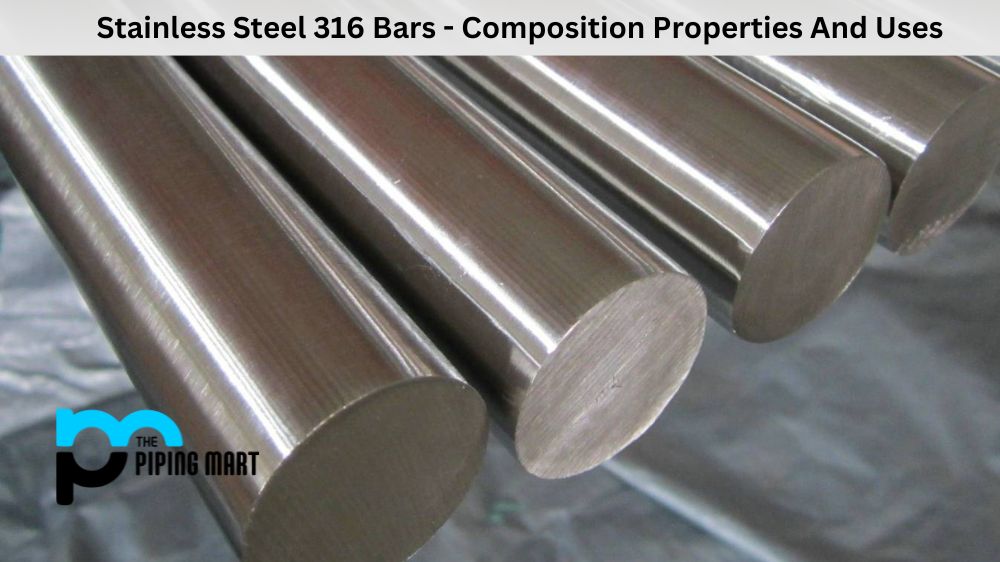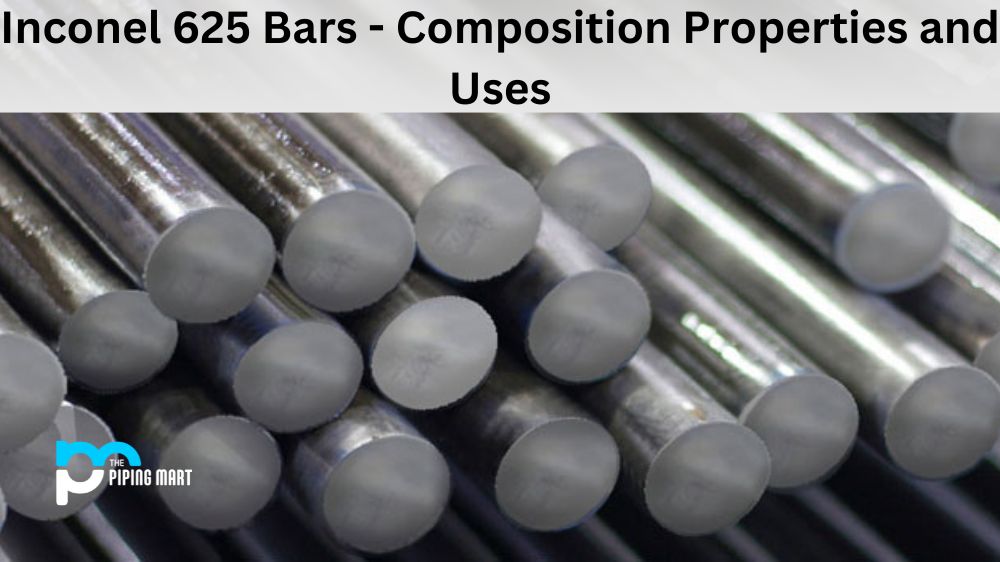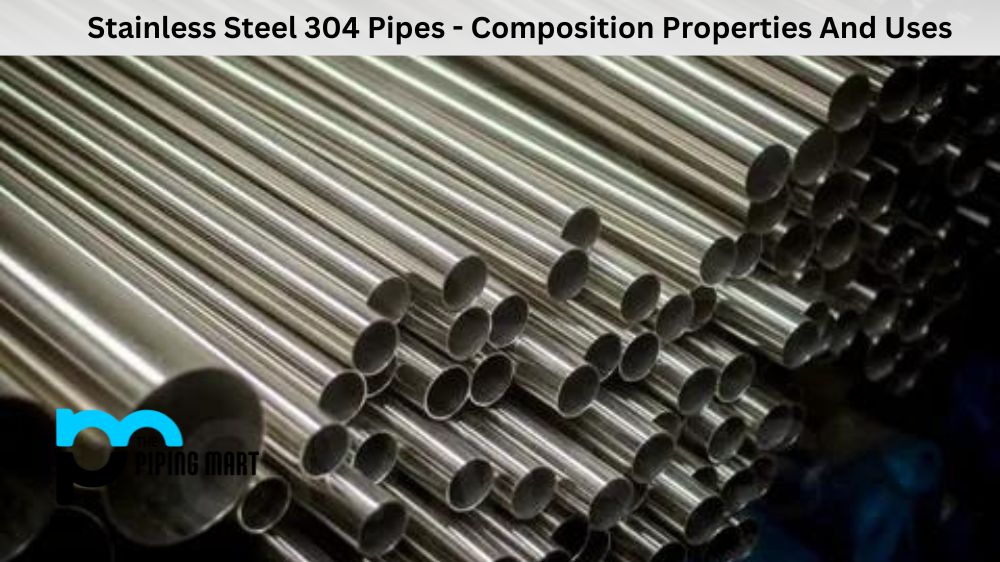Stainless steel is a unique material that offers exceptional performance characteristics and is widely used across industries. One of the most popular grades of stainless steel is 316, and within the grade, the stainless steel 316 bars are a common choice. These bars are used in a range of applications due to their superior corrosion resistance, strength, and durability. In this post, we will explore the composition, properties, and uses of stainless steel 316 bars in detail.
What is Stainless Steel 316 Bars?
A479 Gr 316 Bars are a type of bar in stainless steel that contains up to 2% molybdenum, which enhances its resistance to corrosion. This grade has superior strength and is highly resistant to heat and chloride exposure, making it ideal for use in harsh environments. The high chromium content also makes the alloy very ductile and malleable when exposed to temperature changes.
Composition of Stainless Steel 316 Bars
ASTM A276 316 bars are made up of a blend of elements that impact their properties and performance. The primary alloying elements used in the composition of stainless steel 316 bars are chromium, nickel, and molybdenum. The chromium content in the steel enhances the material’s corrosion resistance, while the nickel content strengthens the bars. The addition of molybdenum imparts excellent resistance to localized corrosion, making it ideal for use in aggressive environments. The precise composition varies depending on the manufacturer’s specific requirements, but these alloying elements are typically present in percentages ranging from 16-18% for chromium, 10-14% for nickel, and 2-3% for molybdenum.
| Grade | C | Mn | Si | P | S | Cr | Mo | Ni | N |
| SS 316 | 0.08 max | 2.0 max | 1.0 max | 0.045 max | 0.030 max | 16.00 – 18.00 | 2.00 – 3.00 | 11.00 – 14.00 | 67.845 min |
| SS 316L | 0.035 max | 2.0 max | 1.0 max | 0.045 max | 0.030 max | 16.00 – 18.00 | 2.00 – 3.00 | 10.00 – 14.00 | 68.89 min |
Physical and Mechanical Properties of Stainless Steel 316 Bars
UNS S31600 bars boast a unique combination of physical and mechanical properties that make them a popular choice across several industries. They have high tensile and yield strength, which makes them ideal for applications that require durability. Additionally, stainless steel 316 bars offer excellent hardness, which means they can withstand wear and tear. They also have good formability, allowing for easy shaping, and a high melting point, which means they can withstand high-temperature applications. Unique physical properties of stainless steel 316 bars are low thermal expansion, meaning they can handle changes in temperature without breaking or expanding. Another property is their superior heat and electrical conductivity, making them an ideal choice for electrical components and high-temperature applications.
| Grade | Density | Melting Point | Tensile Strength | Yield Strength (0.2%Offset) | Elongation |
| SS 316 | 8.0 g/cm3 | 1400 °C (2550 °F) | Psi – 75000 , MPa – 515 | Psi – 30000 , MPa – 205 | 35 % |
| SS 316L | 8.0 g/cm3 | 1399 °C (2550 °F) | Psi – 75000 , MPa – 515 | Psi – 30000 , MPa – 205 | 35 % |
Stainless Steel 316 Bars Equivalent
| STANDARD | WERKSTOFF NR. | UNS | JIS | BS | GOST | AFNOR | EN |
| SS 316 | 1.4401 / 1.4436 | S31600 | SUS 316 | 316S31 / 316S33 | – | Z7CND17‐11‐02 | X5CrNiMo17-12-2 / X3CrNiMo17-13-3 |
| SS 316L | 1.4404 / 1.4435 | S31603 | SUS 316L | 316S11 / 316S13 | 03Ch17N14M3 / 03Ch17N14M2 | Z3CND17‐11‐02 / Z3CND18‐14‐03 | X2CrNiMo17-12-2 / X2CrNiMo18-14-3 |
Uses of Stainless Steel 316 Bars
316 Stainless steel bars are used in a range of applications across several industries due to their exceptional properties. They are commonly used in the medical industry due to their non-reactivity with bodily fluids, making them ideal for surgical instruments. Additionally, they are suitable for use in marine environments due to their excellent resistance to seawater corrosion. Food processing and storage equipment also utilizes stainless steel 316 bars due to their high resistance to chemicals, making the material safe to use in food preparation. Stainless steel 316 bars are also commonly used in the aerospace, automotive, and chemical industries due to their high strength, good formability, and resistance to high temperatures.
Heat Treatment of Stainless Steel 316 Bars
Heat treatment is a crucial process in stainless steel manufacturing, and it significantly impacts the bars’ physical and mechanical properties. SS 316 bars can be heat-treated in different ways to adjust their properties to specific needs. Annealing is a common heat treatment process used to soften the material and improve its workability. Tempering can also be used to improve the metal’s toughness and impact strength. Hardening processes such as quenching and tempering improve the bar’s hardness and wear resistance, making it ideal for use in high-stress environments.
Corrosion Resistance of Stainless Steel 316 Bars
One of the most significant advantages of 316 SS bars is their superior corrosion resistance. They can withstand exposure to various chemicals, corrosive liquids, and acids without undergoing rust, corrosion, or degradation. The high chromium, nickel, and molybdenum content of the material make it resistant to pitting, crevice corrosion, and general corrosion. Additionally, the bars can resist stress corrosion cracking, which is a significant cause of damage to metal materials exposed to aggressive environments.
Conclusion:
Stainless steel 316 bars are one of the most popular grades of stainless steel due to their superior performance characteristics. The composition of the bars includes chromium, nickel, and molybdenum, which impart exceptional corrosion resistance and durability properties. Stainless steel 316 bars are used in a range of industries, including medical, marine, automotive, and aerospace, and are easy to shape and manipulate to specific requirements. The bars can be heat-treated in different ways to adjust their properties, and their corrosion resistance is unmatched in several environments. Choosing stainless steel 316 bars ensures quality and reliability in any application where durability, strength, and corrosion resistance are essential.

Abhishek is a seasoned blogger and industry expert, sharing his insights and knowledge on various topics. With his research, Abhishek offers valuable insights and tips for professionals and enthusiasts. Follow him for expert advice on the latest trends and developments in the metal industry.




